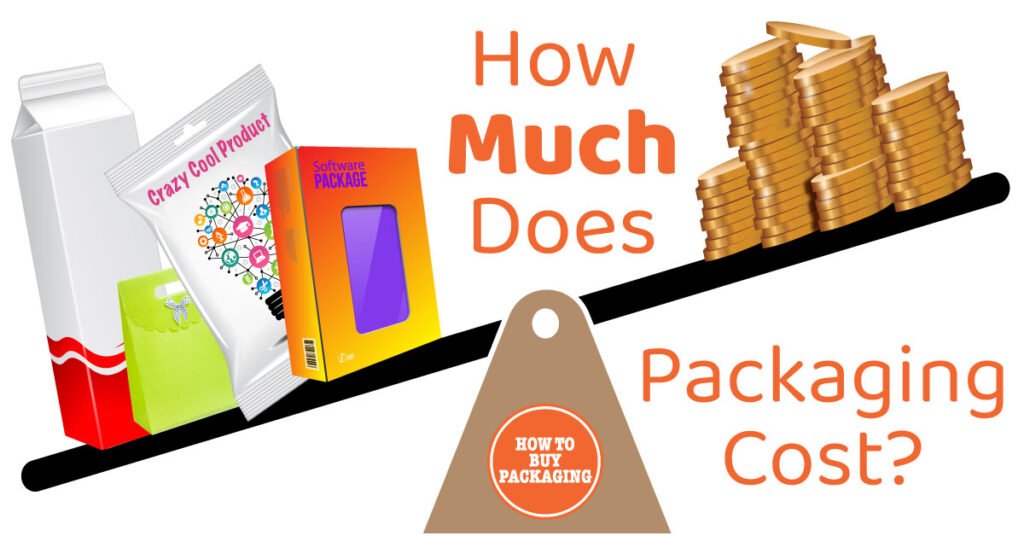
Packaging is really important for businesses. It keeps products safe and affects what customers think. In this guide, we’re going to talk about packaging costs. We’ll look at why packaging can be expensive and give you tips to help you manage it better. So let’s jump in and find out how to handle packaging costs like a pro!
Understanding Packaging Costs:
Packaging cost is the money a business spends on wrapping and protecting its products. It includes buying boxes, labels, and padding, as well as paying people to put everything together. The cost can change based on factors like product size, material type, and customization needs. Managing packaging costs is vital for businesses to save money, compete well, and ensure products reach customers safely.

Moreover, Read this blog also: Best Eco-Friendly Dropshipping Suppliers
Features of Packaging Costs
Materials: The stuff used for packaging, like cardboard, plastic, or glass, really affects how much it costs. Businesses should think about things like how easily things break, the environment, and their brand when choosing materials.
Customization: Adding special touches to packaging can cost more, but it can make products stand out. Even though it might be pricier, making things unique can make customers happier in the long run.
Labor and Production: Putting together packaging, labeling, and filling up products all need people to do the work, which adds to costs. Making these tasks simpler and using technology can help save money on labor over time.
Volume and Ordering: Buying packaging materials in big amounts can be cheaper, but businesses need to be careful not to get too much and end up with extra stuff to store. Working with good suppliers means getting materials on time and keeping quality consistent, which cuts down on delays and unexpected costs.
Factors Influencing Packaging Costs:
Size and Shape:
Bigger or weird-shaped packages might need more stuff, which makes it more expensive. Using standard sizes can help save money while still keeping products safe.
Eco-Friendly Options:
Switching to packaging that’s good for the environment can save money in the long run, even though it might cost more at first. People who care about the planet might like this kind of packaging more, which could help sell more stuff and make customers like the brand more.
Importance of Managing Packaging Costs:
Managing packaging costs is really important for businesses. Here’s why:
Staying Competitive: Every business wants to offer the best prices. By managing packaging costs well, businesses can keep their prices competitive and attract more customers.
Using Resources Wisely: When businesses spend less on packaging, they have more money to invest in other things like making better products or advertising.
Making More Money: Lower packaging costs mean higher profits. Even small savings can add up to a lot of money over time.
Helping the Environment: Managing packagings costs often means using materials that are better for the environment. This not only helps the planet but also makes customers feel good about buying from the business.
Impressing Customers: Good packagings makes products look better. When customers like how things are packaged, they’re more likely to buy them again.
Following Rules: Managing packaging costs also means following the rules about packaging. Not following the rules can lead to fines and more expenses.
In short, managing packaging costs helps businesses stay competitive, use money wisely, make more profit, be kind to the environment, impress customers, and follow the rules.
Additionally, Read about : Drop Shipping on Shopify: How To Start.
Conclusion:
Now that you’ve understood how different things affect packaging’s costs, it’s time to do something about it. Making packaging processes simpler, picking the right materials, and spending less money can help businesses save cash without compromising on quality or their brand’s reputation.

By making packaging processes easier and quicker, businesses can save time and money. Choosing strong yet affordable materials is important – it keeps products safe while cutting costs. Avoiding unnecessary expenses, like buying too much or adding too many fancy touches, can also help save money.




